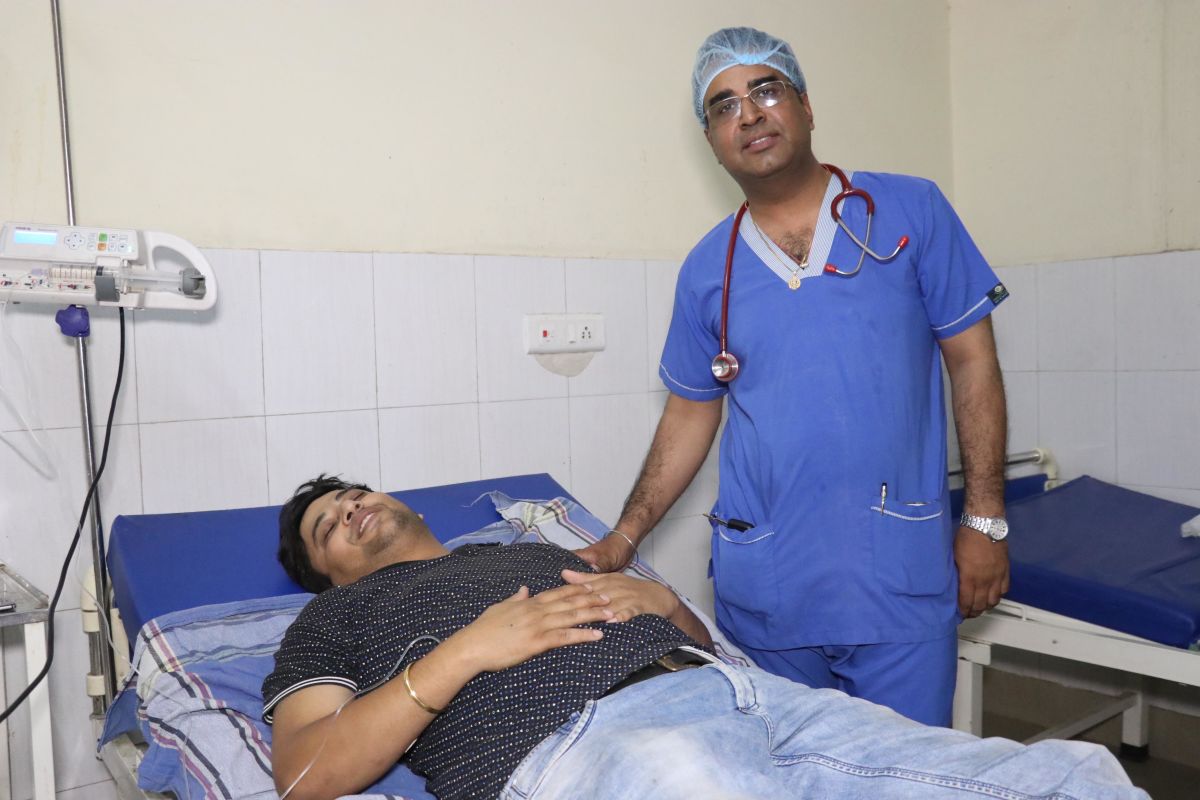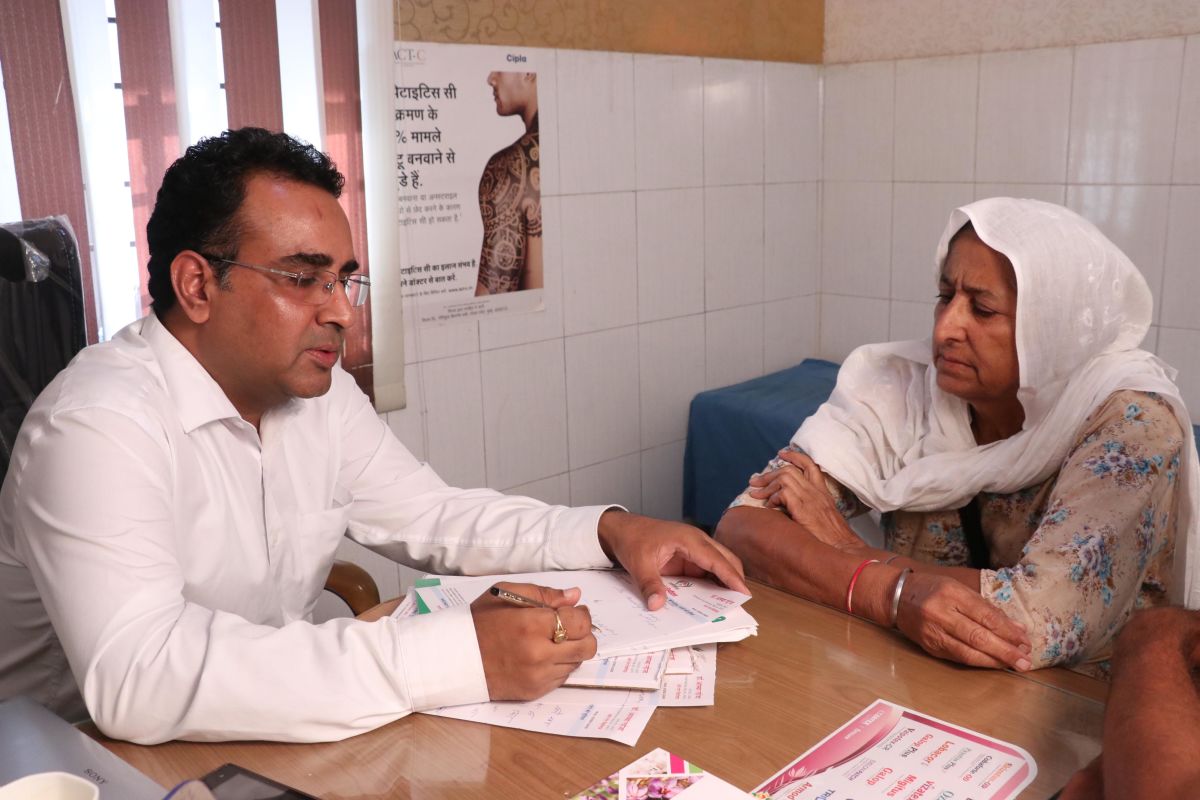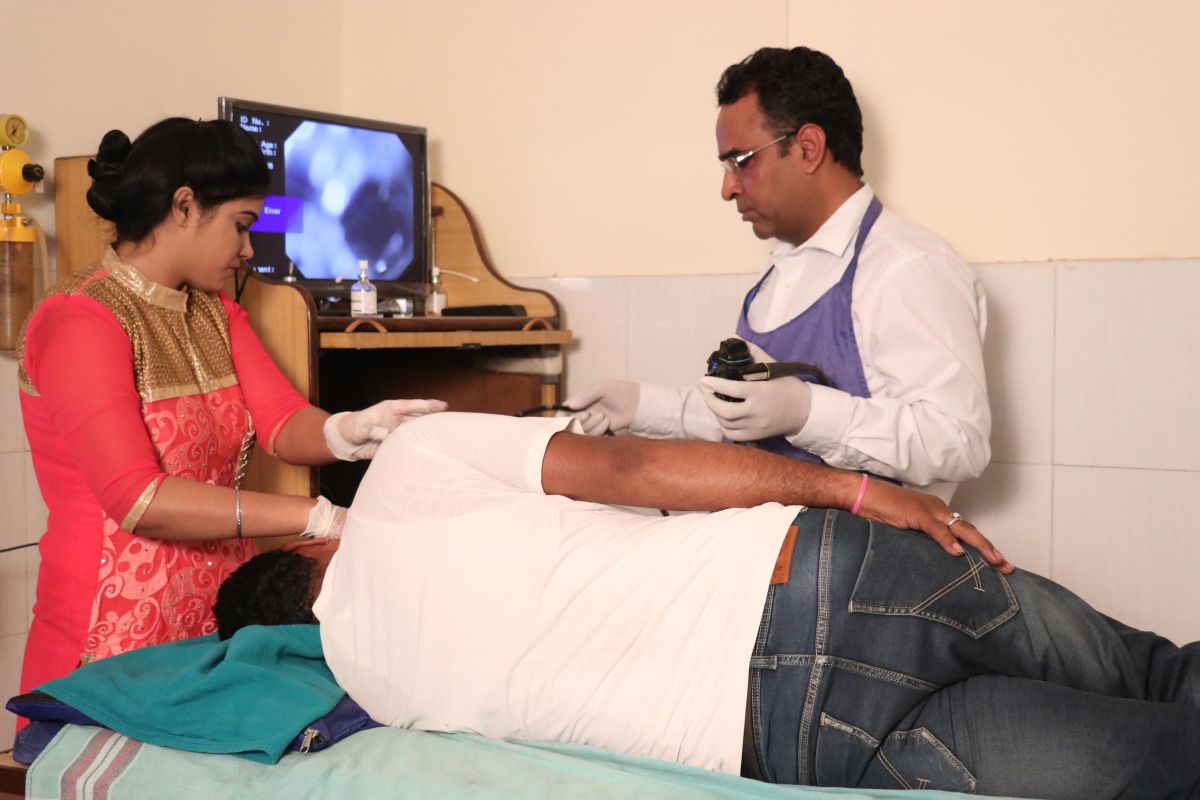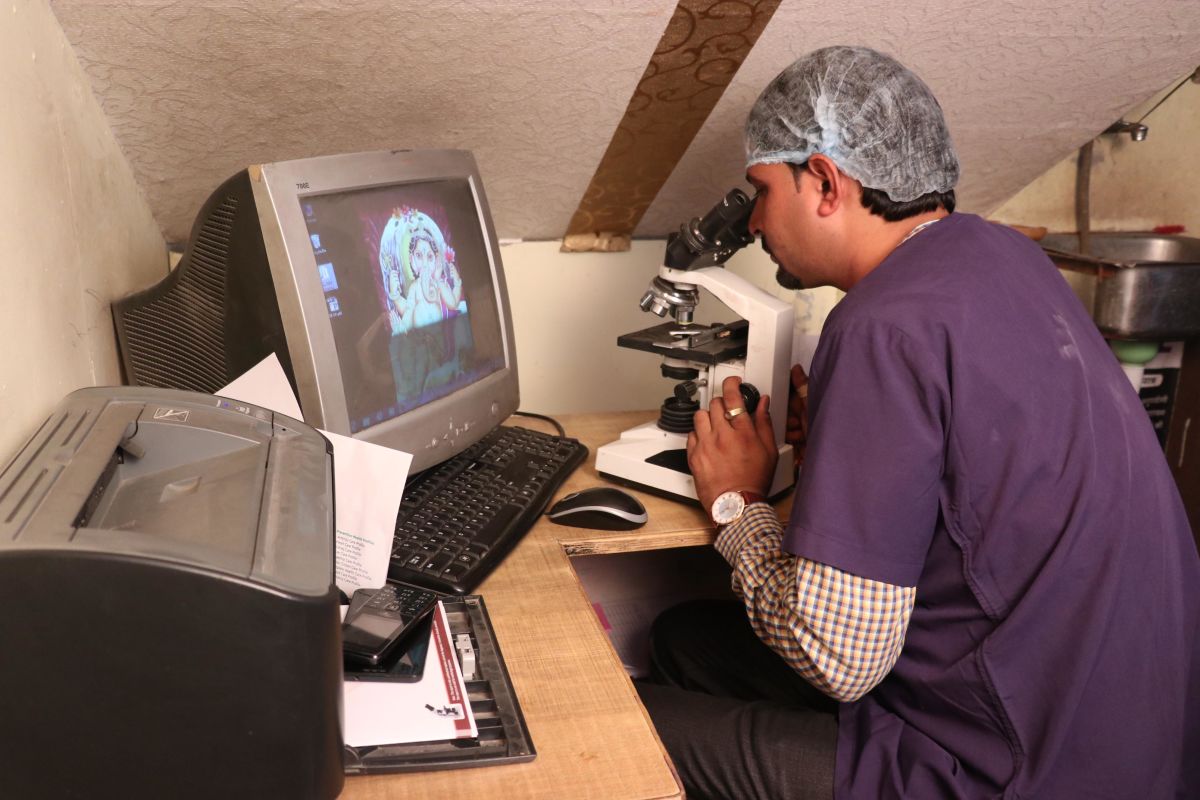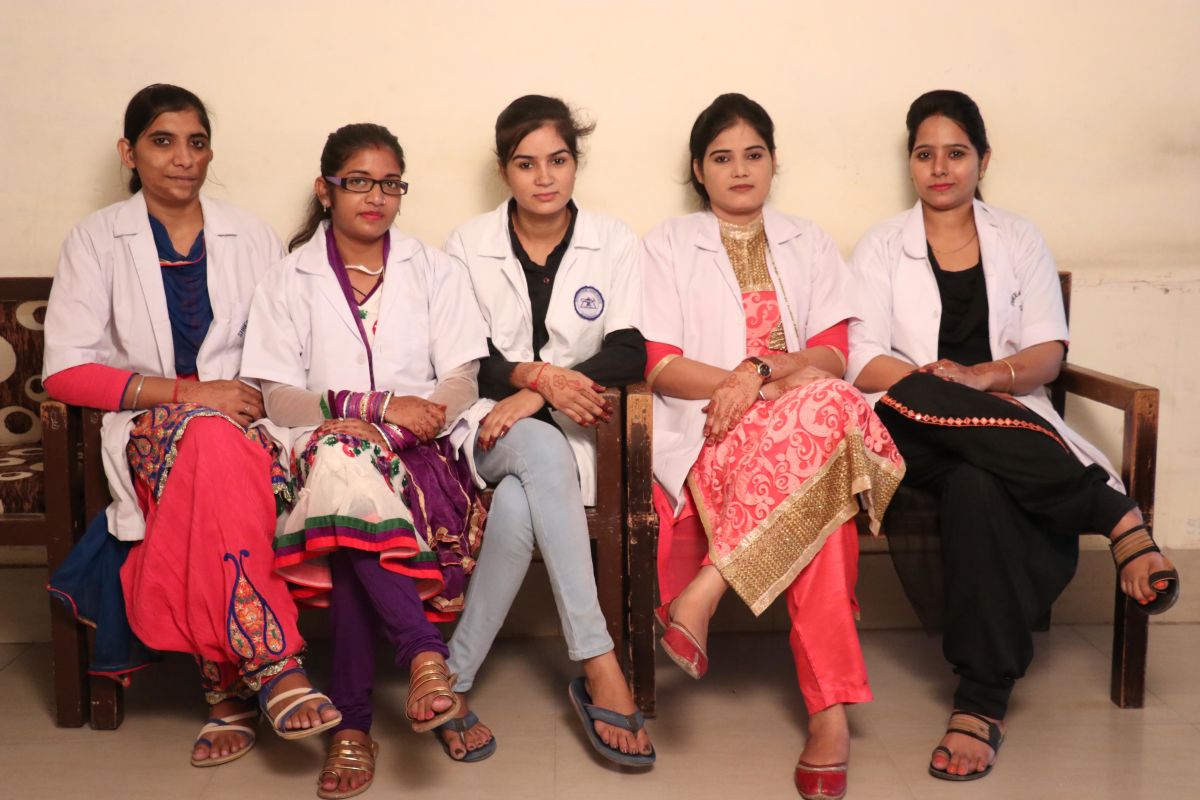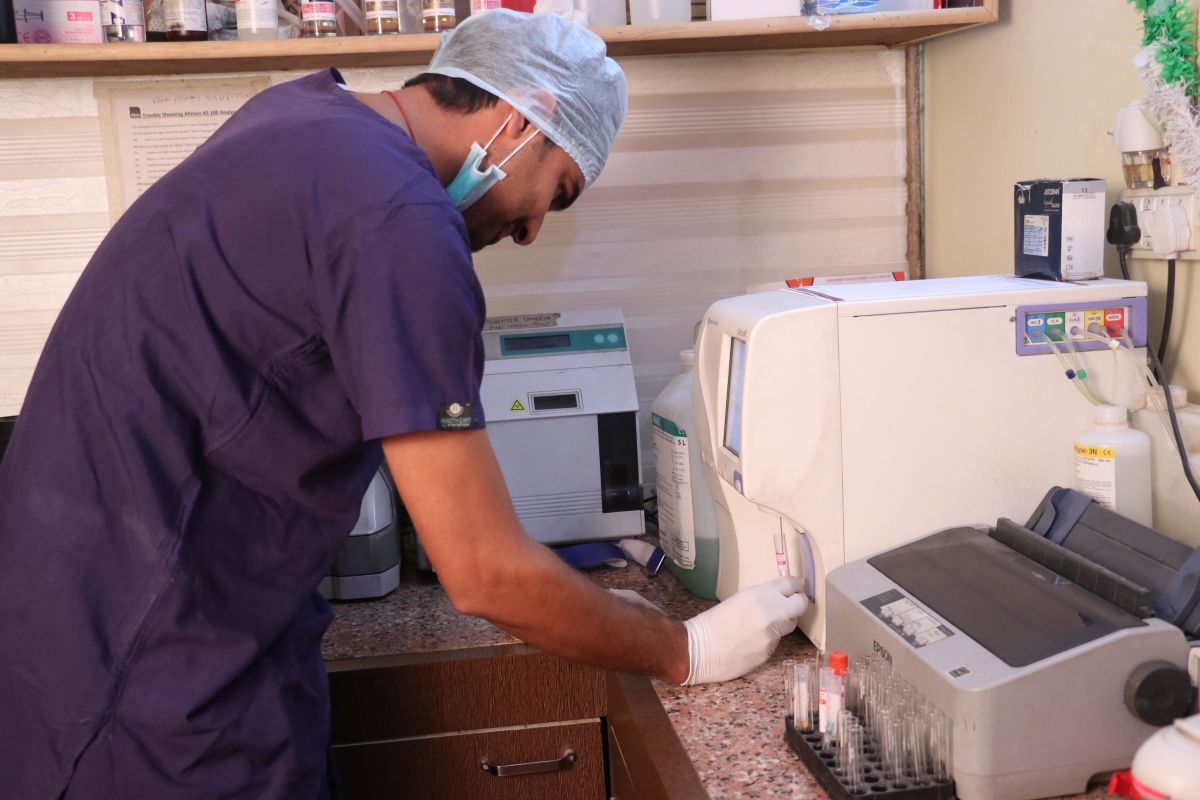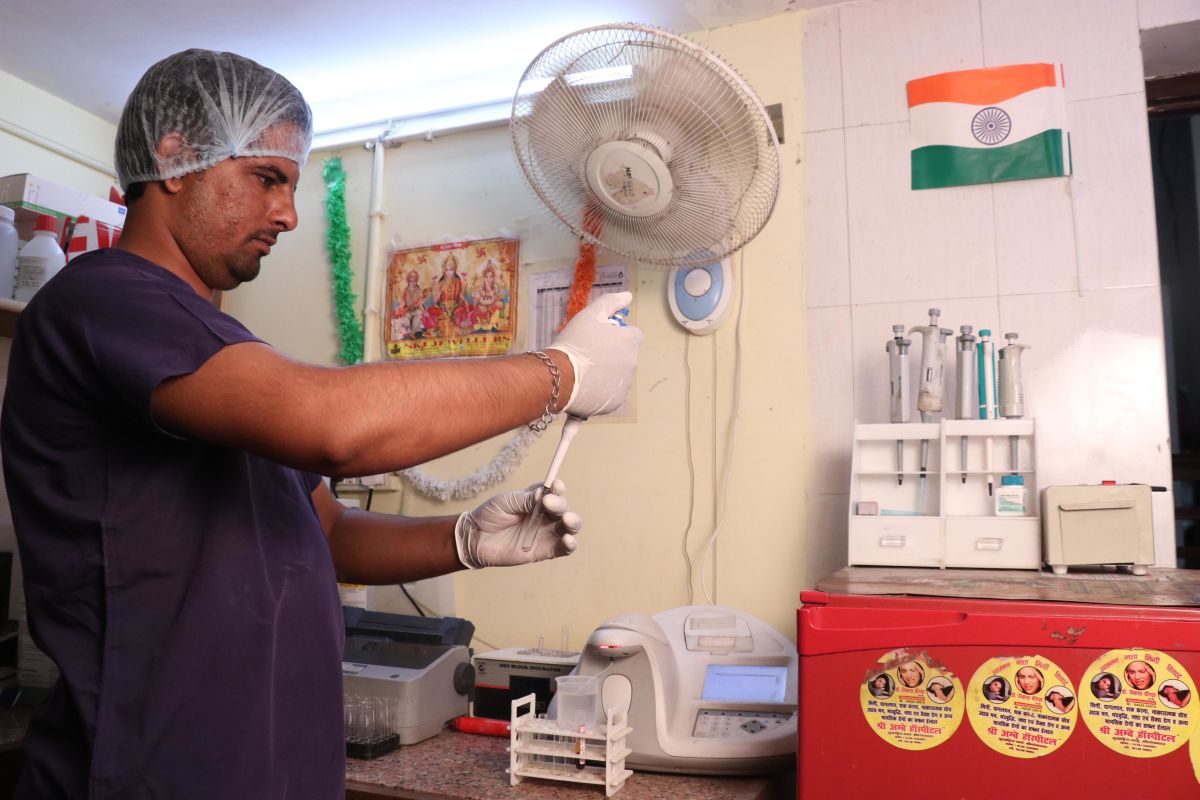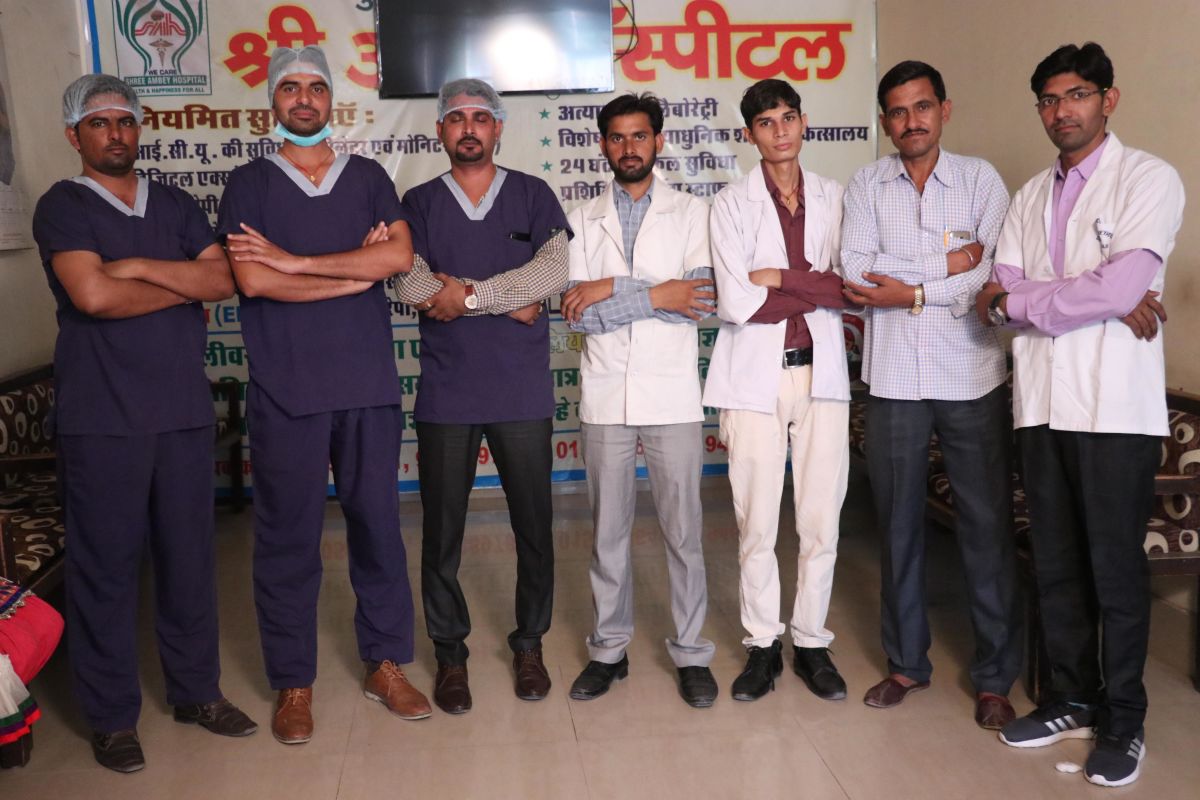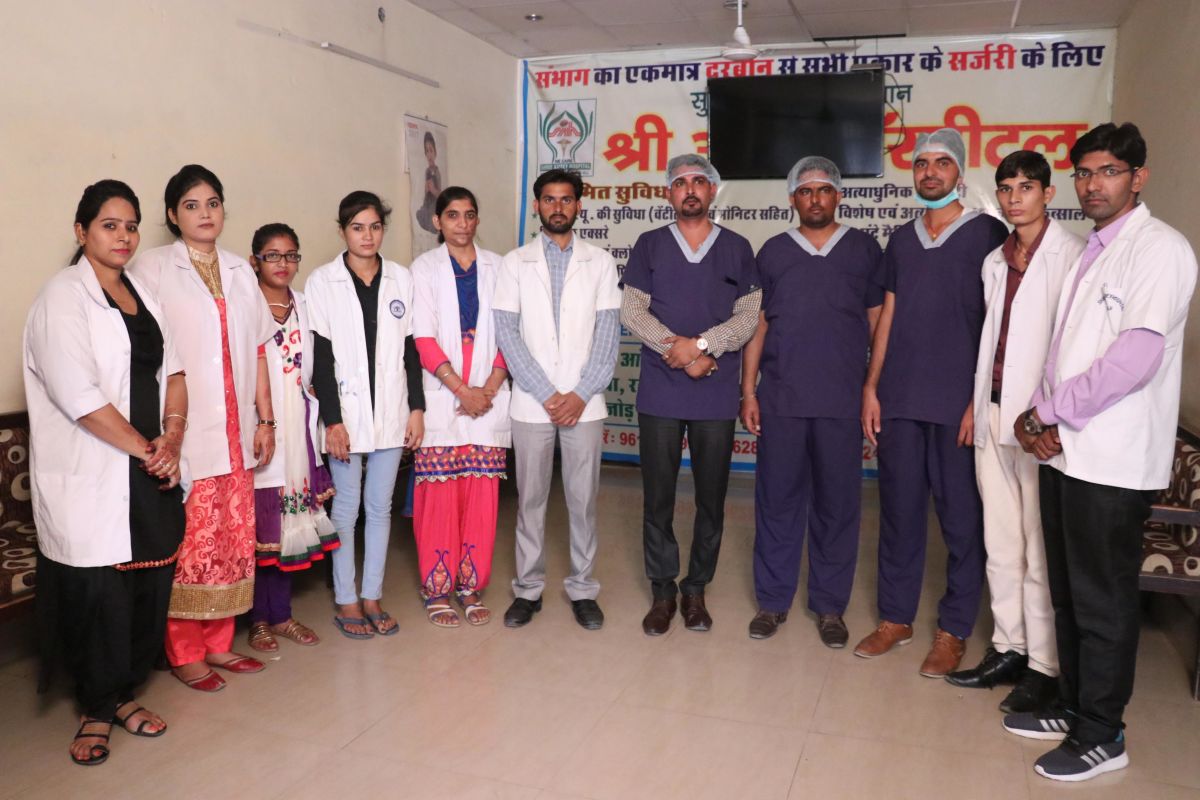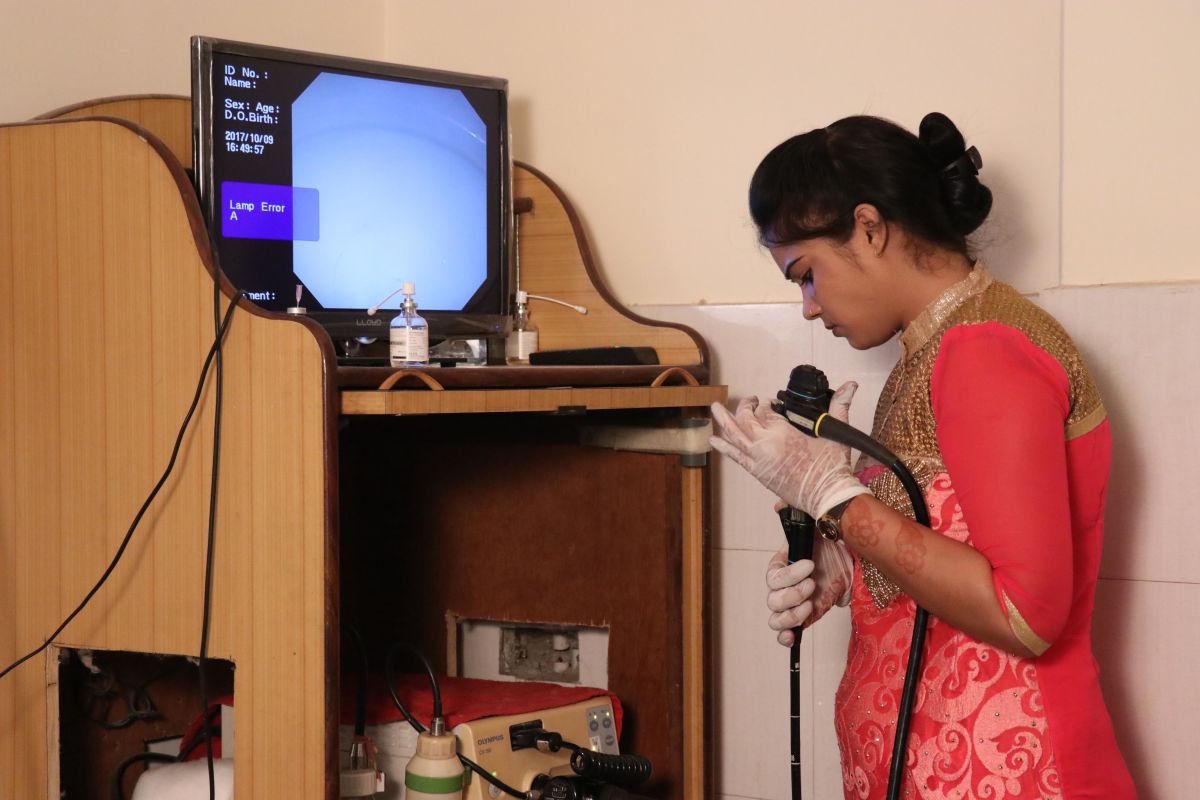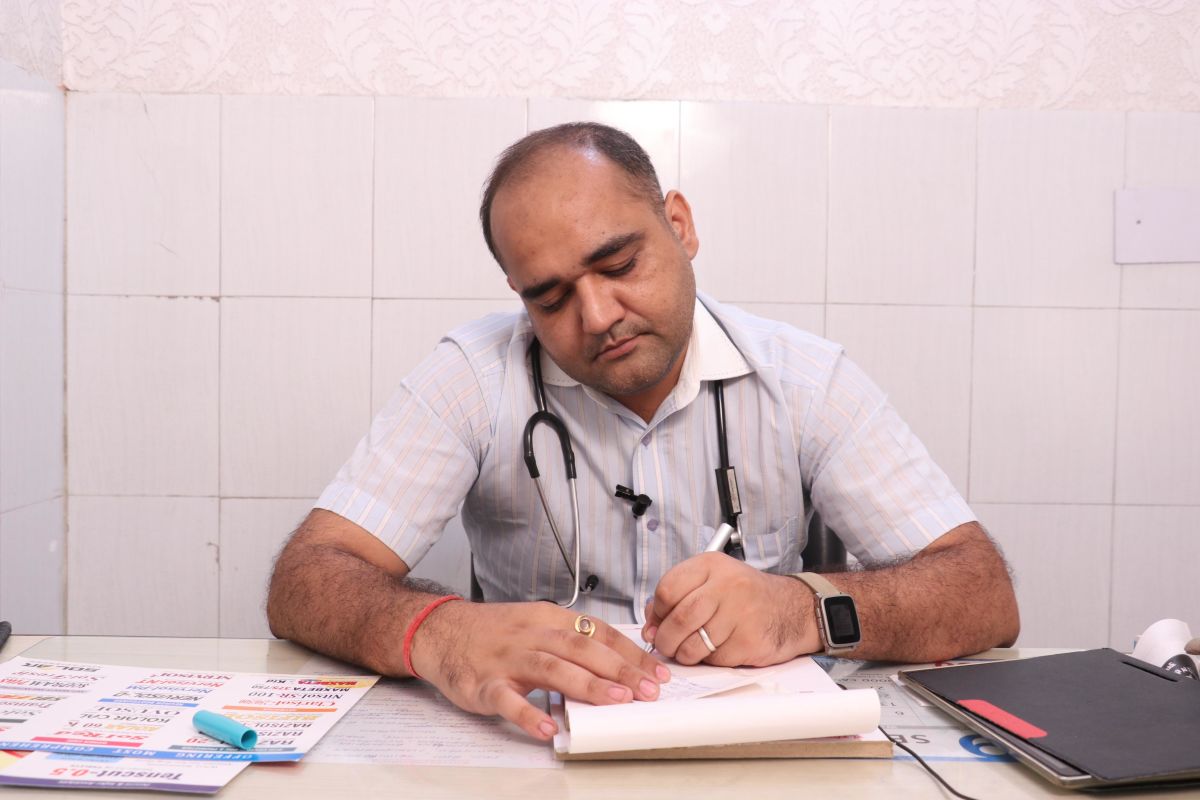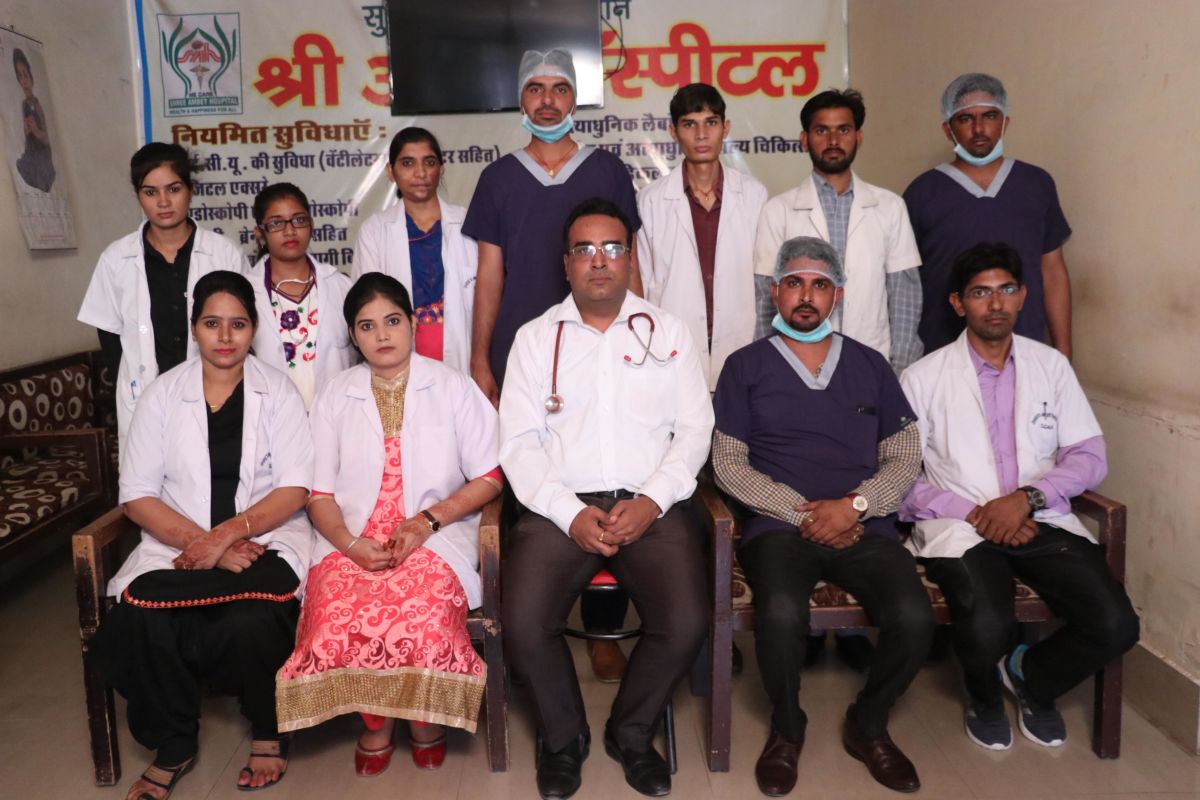Dr Harish Raheja
At present, he is running Shree Ambe hospital in Shri Ganganagar. He is having lot of experience in complicated gastrointestinal surgery and Bariatric surgery. He is the first Gastro and Bariatric surgeon in this region.
.
Meet our Medical Specialists
Our team of expert doctors
-

Astha Baghla
Gynecology
10 years Experience
Dr Astha did her M.B.B.S. from Guru Govind Medical College, ...
View profile Book Appointment -

Harish Raheja
Gastroenterology
10 years Experience
Dr Harish Raheja did his M.B.B.S. from S. P. Medical ...
View profile Book Appointment
-

Harish Raheja
Gastroenterology
10 years Experience
Dr Harish Raheja did his M.B.B.S. from S. P. Medical ...
View profile Book Appointment
-

Astha Baghla
Gynecology
10 years Experience
Dr Astha did her M.B.B.S. from Guru Govind Medical College, ...
View profile Book Appointment
Photo Gallery
Our Facilities
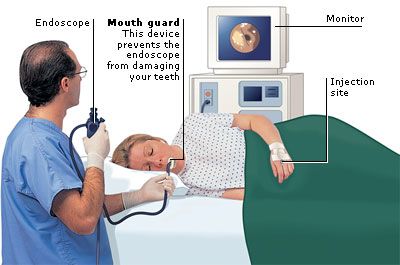
Endoscopy is a nonsurgical procedure used to examine a person's digestive tract. Using an endoscope, a flexible tube with a light and camera attached to it, your doctor can view pictures of your digestive tract on a color TV monitor.
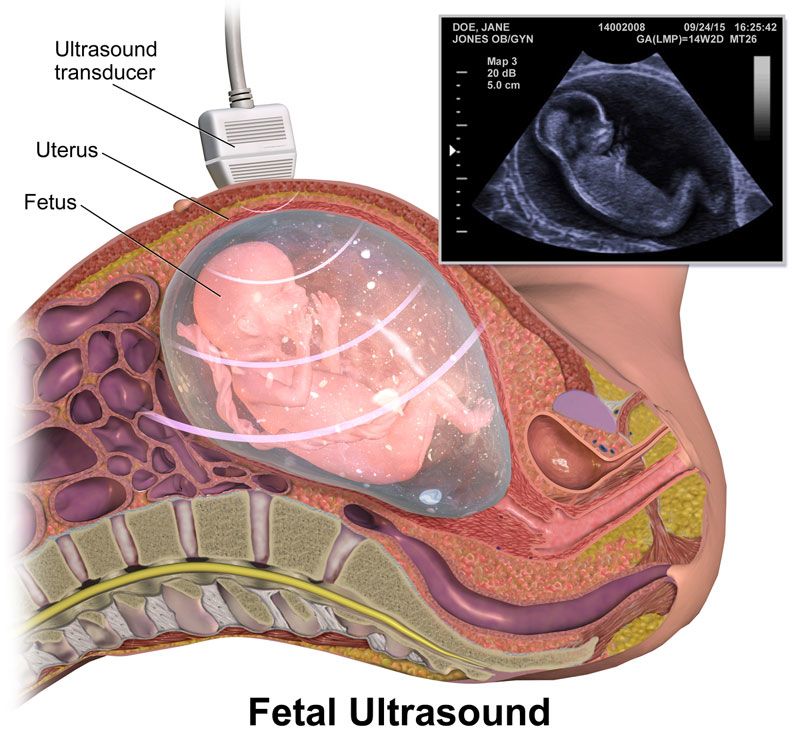
An ultrasound scan, also referred to as a sonogram, diagnostic sonography, and ultrasonography, is a device that uses high frequency sound waves to create an image of some part of the inside of the body, such as the stomach, liver, heart, tendons, muscles, joints and blood vessels
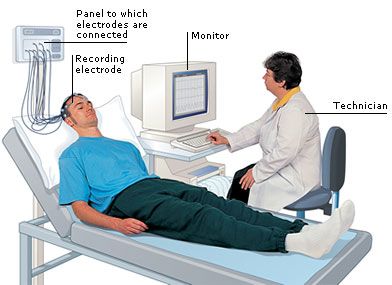
An electroencephalogram (EEG) is a recording of brain activity. During the test, small sensors are attached to the scalp to pick up the electrical signals produced when brain cells send messages to each other. These signals are recorded by a machine and are looked at by a doctor later to see if they're unusual.
An electroencephalogram (EEG) is a test used to detect abnormalities related to electrical activity of the brain. This procedure tracks and records brain wave patterns. Small metal discs with thin wires (electrodes) are placed on the scalp, and then send signals to a computer to record the results.
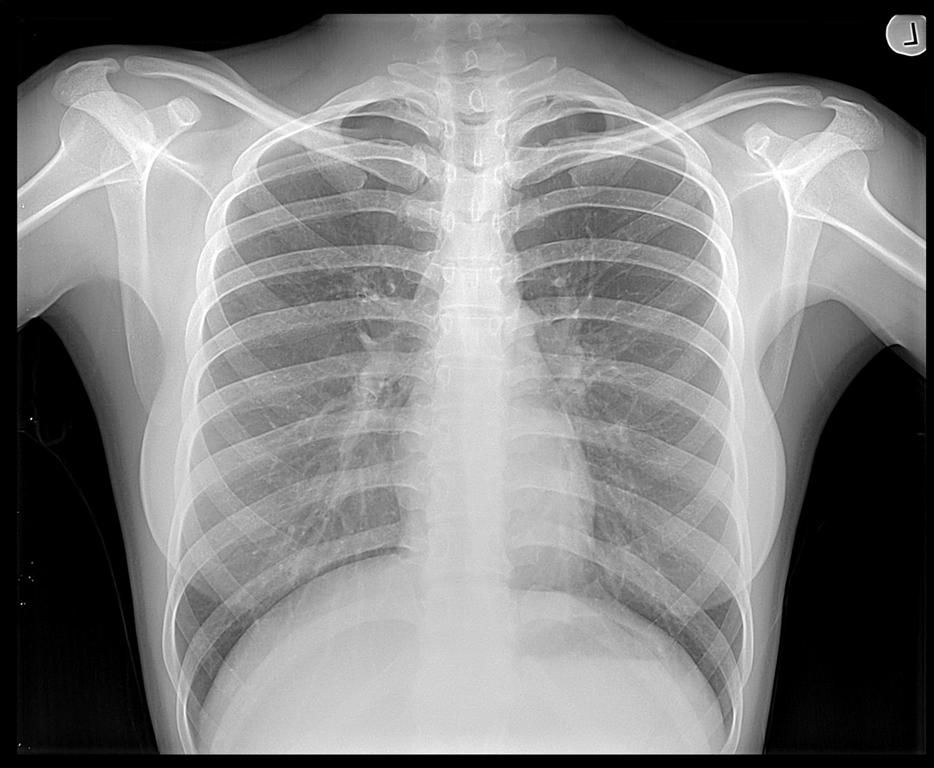
X rays are a form of electromagnetic radiation, as is visible light, but with some different characteristics. The important difference is that X rays can penetrate or pass through the human body and produce shadow-like images of structures such as bones, some of the organs, and signs of disease and injury.
There are many, many reasons why a doctor, dentist or physiscian might request an x-ray. Almost too many to list here. But by far the most common is to be able to look inside a person's body in a painless manner to see the condition of the patient's bones.
Bone X-rays are the fastest and easiest way to view and assess broken bones, joint abnormalities, arthritis and spine injuries.
- Abdomen X-Rays
- Chest X-Rays
- Bones X-Rays
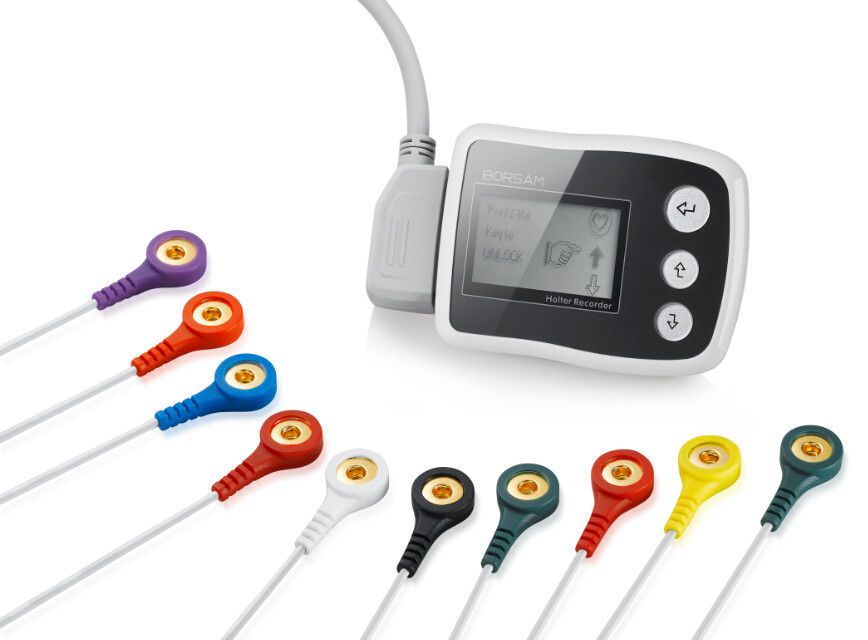
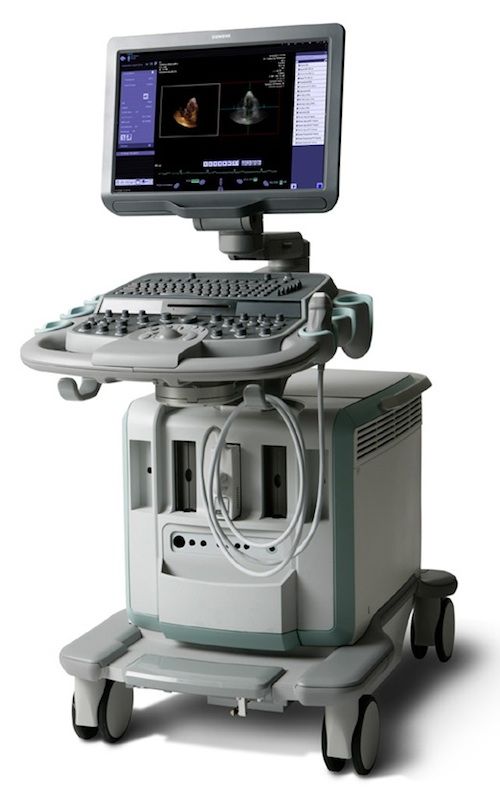
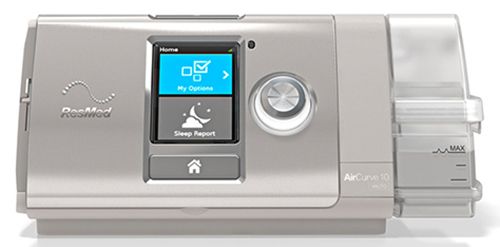
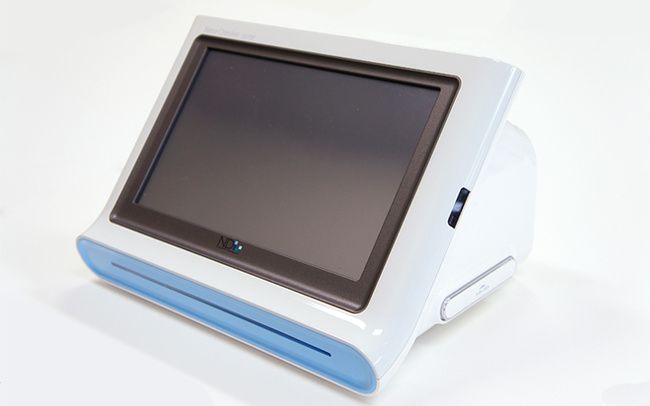
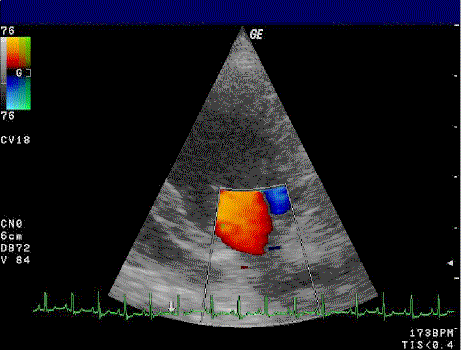
The purpose of this study is to determine the size of your heart, to evaluate how well your heart is functioning or pumping and to assess the structure and function of the valves within the heart. A 2-D (or two-dimensional) echocardiogram is capable of displaying a cross-sectional “slice” of the beating heart, including the chambers, valves and the major blood vessels that exit from the left and right ventricle. A Doppler echocardiogram measures the speed and direction of the blood flow within the heart. It screens the four valves for leaks and other abnormalities. By assigning color to the direction of blood flow, (Color Flow Mapping), large areas of blood flow may be studied. These color flow mappings allow abnormal blood flow characteristics to be interpreted by the cardiologist.
Our services
-
Read More

General Medicine
The department of General Medicine deals with the prevention, diagnosis and non-surgical treatment of various diseases. It is a broad ...
-
Read More

Minimal Access Surgery
Minimal Access Surgery or Minimally Invasive Surgery is a new kind of surgery which gets more and more common nowadays. ...
-
Read More

Pulmonology & Critical Care
Critical care in its various forms plays a central role in access to medical care. Because of its dramatic display ...
-
Read More

Advanced Urology
Urology is the branch of medicine that deals with the urinary system of both males and females and the genital ...
What Our Clients Say
Rakesh Yadav, Ganganagar
"Very nice service giving on time to time at ganaganagar thanks sir"

What Our Clients Say
Tript Bedi, Ganganagar
"Dr Harish Raheja is very good Gastrointestinal Surgeon MS MCH. With experience of more then 70 Bariatric surgery and these numbers are running.... Keep it up Dr Harish..."

What Our Clients Say
Ravneet Brar, Ganganagar
" A great gastrointestinal surgeon and a great human being with a positive attitude all the time. "

Our Latest Blog
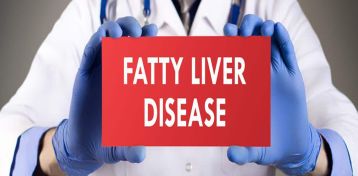
FATTY LIVER
Fatty liver, or steatosis, describes the buildup of fat in the liver. Fatty liver is a reversible condition that can ...

FISTULA-IN-ANO
Fistula-in-Ano is an abnormal hollow tract or cavity that is lined with granulation tissue and connects a primary opening inside the ...
Copyright © 2024 Ambey Hospital. All Rights Reserved | Privacy Policy | Developed & Marketing with by WEBOO

